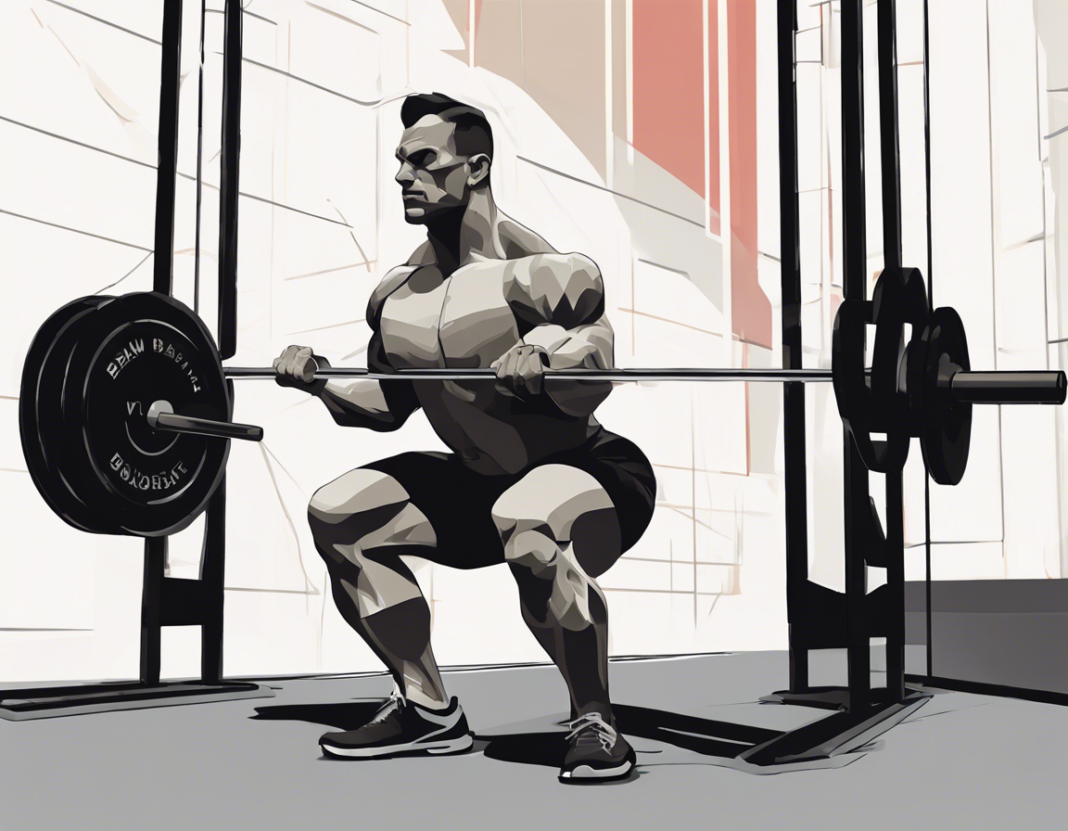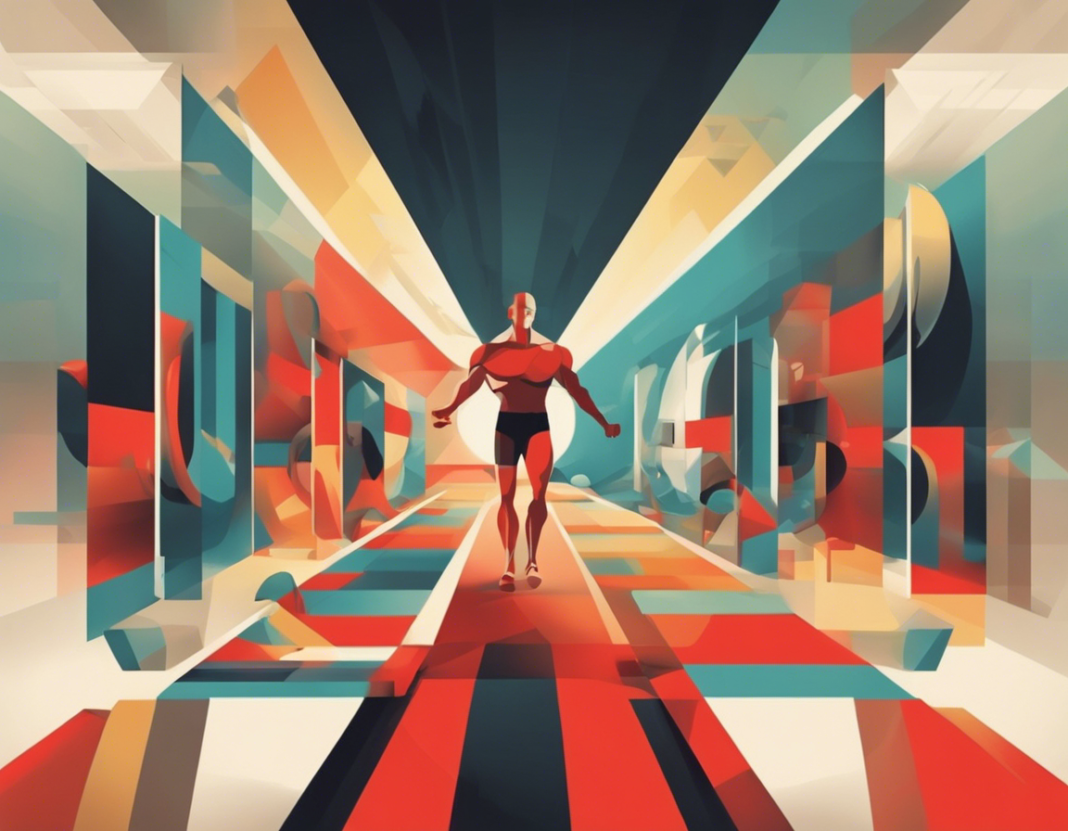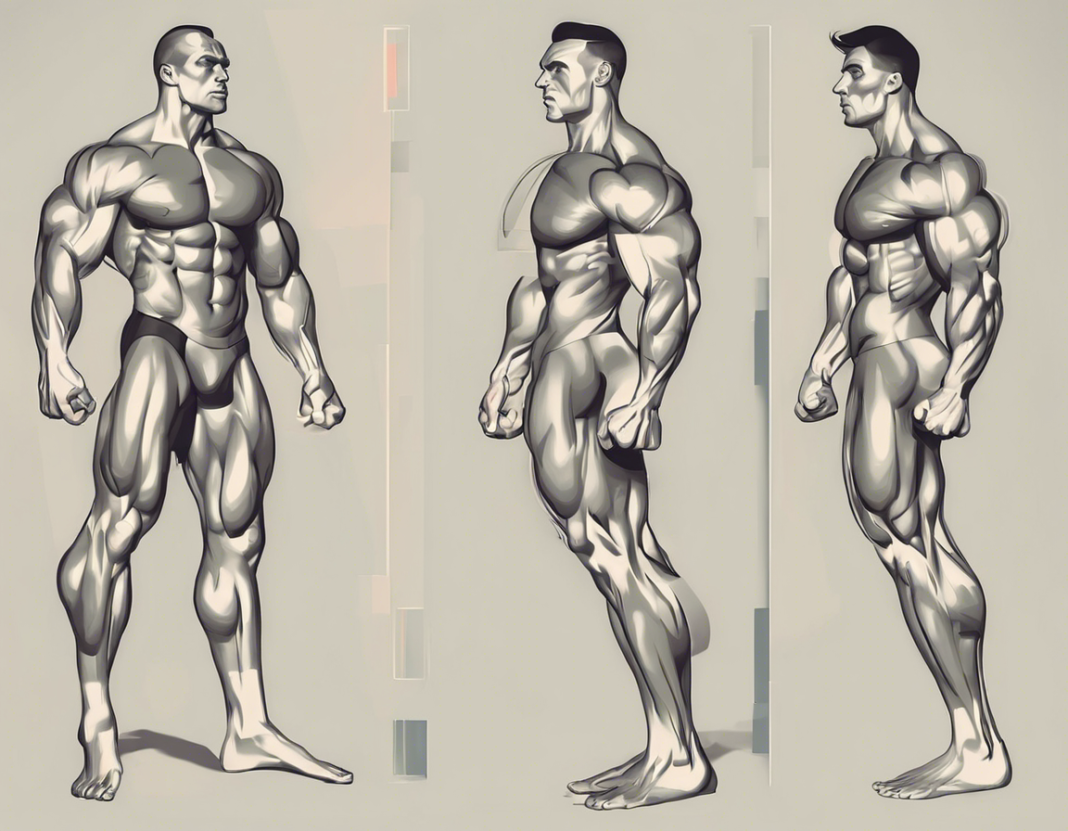The Bottom Line:
- I acknowledge that while the barbell back squat is effective, focusing solely on this exercise may not lead to balanced lower body development.
- A study comparing leg extensions and barbell back squats found that different exercises target specific parts of the quadriceps, emphasizing the importance of incorporating varied movements in leg training.
- Alternative exercises like the leg press or hip thrust can provide similar quadriceps stimulation as the barbell back squat, making them suitable options for individuals with lower back discomfort or limited mobility.
- Professional bodybuilder Dorian Yates achieved impressive leg development without performing barbell back squats, showcasing that there are multiple paths to building strong leg muscles.
- For those aiming to improve both muscle growth and athletic performance, the barbell back squat remains a valuable exercise due to its ability to enhance jump and power performance.
The Limitations of Barbell Back Squats
When focusing on leg muscle growth, the barbell back squat is often regarded as the go-to exercise. However, it is essential to acknowledge the limitations of relying solely on barbell back squats for lower body development.
The Importance of Balanced Lower Body Development
Research has shown that while barbell back squats effectively target the mid part of the quadriceps, they may not adequately stimulate the outer quadriceps muscle responsible for the quad sweep. Additionally, hamstring activation during back squats is limited, necessitating the incorporation of exercises like hip hinges and hamstring curls for optimal hamstring development.
Exploring Alternative Exercises
While the barbell back squat is an excellent lower body pushing exercise, there are alternative movements that can provide similar benefits. Leg presses, safety bar squats, pendulum squats, and Smith machine squats all offer effective ways to target the quadriceps and glutes without the constraints of traditional barbell squats.
Enhancing Muscle Growth with Variety
Old school bodybuilders like Dorian Yates achieved remarkable leg development without prioritizing barbell back squats, showcasing the effectiveness of alternative exercises like hack squats and leg pressing. Incorporating a variety of movements that target different muscle groups can lead to more well-rounded leg muscle growth.
In conclusion, while the barbell back squat remains a valuable exercise for leg development, it is not the only option available. By diversifying your training routine with a mix of exercises that target different muscle groups, you can maximize leg muscle growth and achieve a balanced lower body development.
Benefits of Diversifying Leg Training
Benefits of Incorporating Diverse Leg Training
When it comes to maximizing leg muscle growth, diversifying your leg training beyond the barbell back squat can offer several key benefits. Focusing solely on the back squat may not provide the balanced lower body development that other exercises can help achieve.
Targeting Specific Muscle Groups
A study comparing leg extensions and barbell back squats revealed that while both exercises promoted quadriceps growth, leg extensions specifically targeted the rectus femoris head of the quadriceps more effectively. This muscle group is crucial for achieving the coveted quad sweep, which may not be adequately stimulated by traditional back squats.
Enhanced Hamstring Activation
Research has also shown that hamstrings receive limited activation during back squats. Incorporating exercises like hip hinges and hamstring curls into your routine can better target and stimulate these muscles, promoting optimal hamstring development alongside quadriceps growth.
Furthermore, exercises like hip thrusts can place the glutes in a more advantageous position at the top of the range of motion, allowing for greater contraction and tension compared to the top position of a squat. This highlights the importance of diversifying leg training to enhance muscle activation across different muscle groups.
By incorporating a mix of movements that target various muscle groups, such as squats, leg presses, Romanian deadlifts, hip thrusts, leg extensions, and hamstring curls, you can achieve a more well-rounded lower body development that goes beyond the limitations of traditional barbell back squats.
Importance of Incorporating Various Movement Patterns
Importance of Incorporating Various Movement Patterns
When it comes to maximizing leg muscle growth and achieving balanced lower body development, incorporating a variety of movement patterns is essential. While the barbell back squat is a popular exercise for leg development, relying solely on this movement may not target all muscle groups effectively.
Diversifying Muscle Stimulation
Research has highlighted the importance of diversifying muscle stimulation by incorporating different movement patterns. For example, while the barbell back squat primarily targets the mid part of the quadriceps, exercises like leg extensions can specifically focus on the rectus femoris head of the quadriceps, aiding in achieving the quad sweep effect.
Enhancing Muscle Activation
Moreover, incorporating movements like hip hinges, hamstring curls, and hip thrusts can enhance muscle activation across various muscle groups. These exercises can target the hamstrings and glutes more effectively than traditional back squats, contributing to overall lower body strength and development.
By including a mix of movements such as squats, leg presses, Romanian deadlifts, hip thrusts, leg extensions, and hamstring curls in your training routine, you can ensure comprehensive muscle engagement and promote well-rounded leg muscle growth beyond the limitations of traditional barbell back squats.
Exploring Alternative Exercises for Quadriceps and Hamstrings
Exploring Alternate Exercises for Quadriceps and Hamstrings
While the barbell back squat is a staple in leg muscle growth, it’s important to diversify your training to achieve balanced lower body development. Studies show that while back squats primarily target the mid part of the quadriceps, they may not effectively stimulate the outer quadriceps muscle responsible for the quad sweep.
Additionally, hamstring activation during back squats is limited. Incorporating exercises like hip hinges and hamstring curls can optimize hamstring development. At the top position of a squat, there is minimal tension on the glutes. Utilizing a hip thrust can better engage the glutes for enhanced muscle contraction.
Variety in Movement Patterns
For comprehensive lower body development, focus on five key movement patterns: lower body pushing (e.g., squats), hip hinge (Romanian deadlifts), bridging (hip thrusts), isolation (leg extensions), and hamstring curls. By incorporating these movements, you can ensure well-rounded leg muscle growth.
While the barbell back squat is effective, it’s not the only option available. Your muscles respond to varying exercises that target similar movement patterns. Alternatives like hack squats, leg presses, safety bar squats, pendulum squats, and Smith machine squats provide similar benefits without the limitations of traditional back squats.
Broadening Your Training Approach
Embracing different exercises beyond the barbell back squat can lead to significant gains. Old school bodybuilders like Dorian Yates achieved impressive leg development without solely relying on back squats. Yates prioritized hack squats and leg presses due to past hip injuries, showcasing the effectiveness of alternative exercises.
Consider incorporating a mix of exercises that target various muscle groups like squats, leg presses, Romanian deadlifts, hip thrusts, leg extensions, and hamstring curls. This approach can promote muscle engagement across different areas, contributing to overall lower body strength and development.
Structuring a Comprehensive Leg Workout Plan
Structuring a Comprehensive Leg Workout Plan
When striving for optimal leg muscle growth, it is imperative to diversify your training routine beyond solely relying on the barbell back squat. While the back squat is a popular exercise, focusing solely on it may not lead to balanced lower body development.
Effective Movement Patterns
To ensure comprehensive leg muscle engagement, incorporate five key movement patterns into your leg workouts:
- A lower body pushing exercise like squats or leg press
- A hip hinge movement such as Romanian deadlifts
- A bridging exercise like hip thrusts
- Isolation movements like leg extensions
- Hamstring curls for targeted hamstring development
By incorporating these varied movements into your routine, you can target different muscle groups effectively, promoting well-rounded leg muscle growth.
Exploring Alternative Exercises
While the barbell back squat remains a valuable lower body exercise, there are alternative movements that can provide similar benefits without the constraints of traditional squats. Consider incorporating exercises like the hack squat machine, leg press, safety bar squats, pendulum squats, and Smith machine squats to diversify your leg training regimen.
Embracing diverse exercises can lead to significant gains in leg muscle development. Old school bodybuilders like Dorian Yates achieved impressive leg growth without relying solely on back squats. Yates prioritized hack squats and leg presses due to past injuries, emphasizing the effectiveness of alternative exercises for leg muscle growth.
By broadening your training approach and incorporating a mix of exercises that target various muscle groups, such as squats, leg presses, Romanian deadlifts, hip thrusts, leg extensions, and hamstring curls, you can achieve a well-rounded lower body development that extends beyond traditional barbell back squats.





